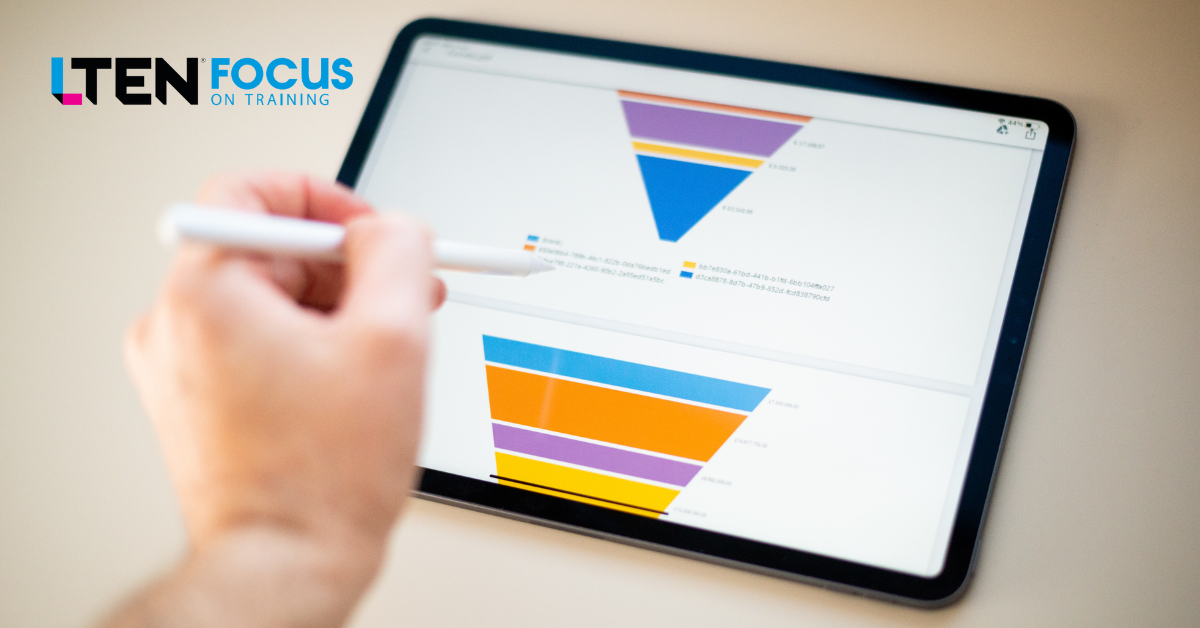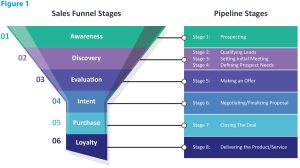
SALES TRAINING – By Ganesh Krishnamurthy
Like it or not, salespeople do need training
Talk to most learning and development (L&D) personnel and the term “sales training” conjures up feelings of dread. Hours of following up with managers to nominate their sales teams for training, countless emails that never get read and then, when a few people actually show up to get training, the familiar refrains of “I am a salesperson. I don’t need this training” or the guilt inducing “I’d rather my team was out in the field meeting customers.”
Perhaps there is some truth in salespeople’s complaints. And sometimes perhaps L&D is a victim of their own lack of success in sales training. Sales teams sometimes back off from L&D because they have not seen anything that (perceivably) creates value for them, while many in L&D are much happier dealing with other, non-discretionary topics, such as compliance and company culture.
But this head-in-the-sand syndrome cannot go on. At the end of the day, a skilled sales force is vital for the success and longevity of any company, and no matter what the sales pundits may think, salespeople do need training. And this is not about product training or how to use the new customer relationship management(CRM) system; this is about the core skills needed to hunt and farm.
Tailor-Made Training
A big difference, perhaps the biggest difference when compared with other training programs, is that a core-skill sales program must be tailored to suit specific skill requirements.
You cannot adopt a one-size-fits-all approach because different salespeople need help in different areas. If you build a monolithic program covering everything, then no one will come; they really do not have the sort of time to invest in this tome of learning you’ve created.
At the same time, if you attempt to create a program that is customized to every individual’s needs, then the sheer complexity and cost of setting it up will put L&D out of business before it gets off the ground.
Now go back and read that again – a core-skill sales program must be tailored to suit specific skill requirements. The good news is that in any organization, of whatever size and scale, sales funnels are always measured. It is the one thing that everyone gets right, and it’s the one thing we will use to create a rock-solid sales training program.
Funnels and Pipelines
Consider a typical sales funnel, as shown in Figure 1.
Your organization’s sales funnel may not look exactly like this, but any difference won’t get in the way of understanding the sales training model proposed here.
Create learning interventions for each stage of the sales funnel; do not create a single universal program that covers everything.
- Learning interventions will vary by stage and can include facilitated learning, asynchronous learning, mentoring, shadowing, role-plays, etc.
- Use experts in each area of the funnel to create these learning interventions. You will need to invest time to find these experts, and you should understand that an expert in one stage may fall short in another. But that’s good news: You can create a program that truly leverages the best minds in each stage of the funnel.
- Each intervention must be short and designed in such a way that there is no dependency on learning interventions created for other stages. For example, if a salesperson is struggling with moving from intent to purchase, then all learning interventions must be focused only on improving the skills required for this progression.
Check Your Data
It’s important to study the sales funnel numbers.
- For every 100 leads that go through the funnel, look for points of leakage.
- Look for consistent patterns of leakage across all salespeople and look for individual outliers. Consistent patterns tell you that there is an issue across a large percentage of the sales force. Therefore, any sales intervention in this area is likely to cause a significant overall improvement.
- Individual outliers tell you when there are exceptions. You could have some salespeople who are far ahead of the rest of the population. There is gold here. Uncover what these people know or do, and weave that back into the learning intervention set for that stage of the sales funnel. Conversely, if the vast majority are performing far ahead of a few in a particular sales funnel stage, this is a problem that is much easier to fix because you have a strong success set to learn from.
Bringing It Together
Also, bring the CRM and learning management system together. Disclaimer: I am not proposing that you spend the next few years integrating two monsters to create a third one. But do read on – there are some nice ideas here.
- Just-in-time training is not a myth. Consider what you already have – a set of learning interventions for each stage of the sales funnel. And you have detailed sales data that tells you what is happening in the organization at each stage of the sales funnel. Not just that, you also know which salesperson is performing (or not) at each stage.
- Armed with this data and the learning intervention asset set, and using whatever technology is available to you (even humble Microsoft Excel can work this magic),
go ahead and tie each learning intervention to the individual salesperson’s gaps. - Set it up so that every time a salesperson’s ratio in a particular sales funnel stage drops below a predefined threshold, they are immediately pointed to a specific learning intervention designed exclusively to address that area.
- Sales metrics are measured everyday – it’s mostly all automated. Leverage that to offer instant learning remedies. You no longer need to wait six months for budget approvals and another six for development.
- Constantly look for outlier performances in each stage – there is gold here no matter whether the performance is above or below the defined threshold.
- If a particular learning intervention needs to be fixed, just pull that part out and replace. You do not need to shut the whole house down for maintenance.
Conclusion
Summing this up, the biggest advantage L&D has when it comes to creating a sales training program is the availability of sales funnel data. It would be foolish to ignore that while creating your next program.
 Ganesh Krishnamurthy is executive vice president at Newgen Enterprise. Email Gani at ganesh.krishnamurthy@newgenent.com or connect through
Ganesh Krishnamurthy is executive vice president at Newgen Enterprise. Email Gani at ganesh.krishnamurthy@newgenent.com or connect through
https://www.linkedin.com/in/ganesh-gani-krishnamurthy-8a97812/.









